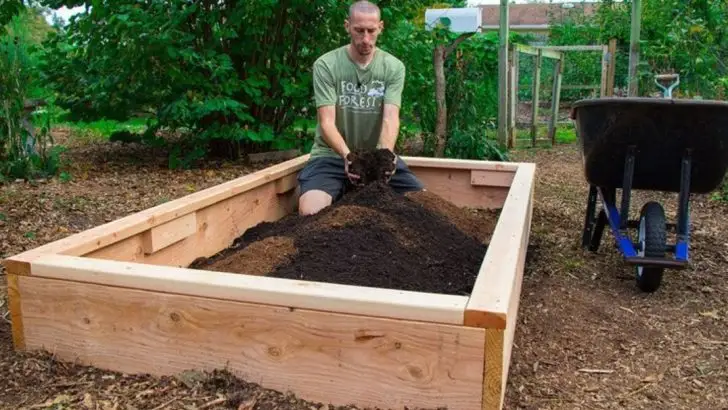As winter fades, it’s time to get your backyard ready for a vibrant spring. A little early preparation can ensure healthy plants, a lush lawn, and a welcoming outdoor space for the warmer months ahead.
In this article, we share 17 things to do ASAP to prepare your backyard for spring. From cleaning up debris and refreshing garden beds to pruning, fertilizing, and planning new plantings, these essential steps will set your yard up for success. Get a head start now, and you’ll be enjoying a thriving, beautiful backyard in no time!
Thoroughly Clean the Patio
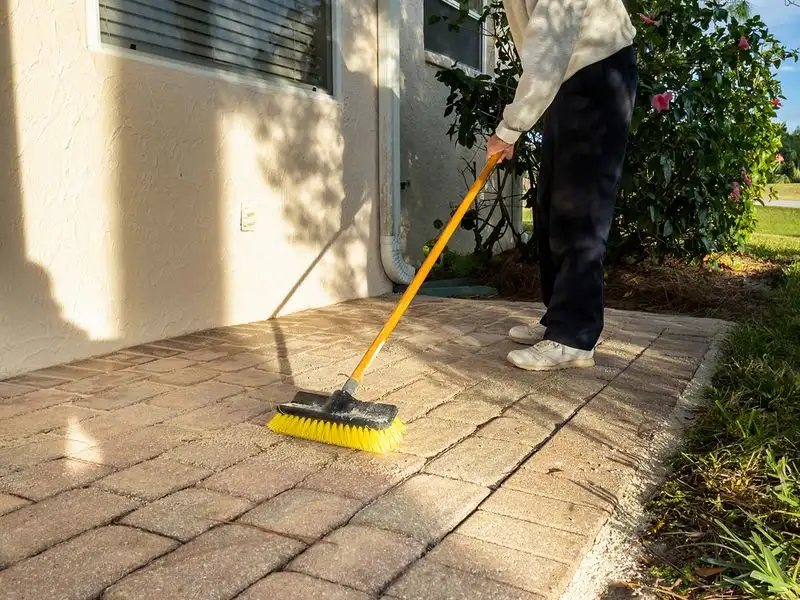
After a winter of disuse, your patio may need a little love. Start by sweeping away leaves and debris that have collected. A power wash can do wonders to remove dirt and stains, revealing the beauty underneath. If your patio furniture has been out all winter, inspect it for damage and give it a good wash too. Consider adding a fresh coat of paint or stain to wood surfaces to protect them from the elements. A clean patio sets the stage for all your spring gatherings and ensures a welcoming atmosphere for guests.
Revitalize Your Lawn
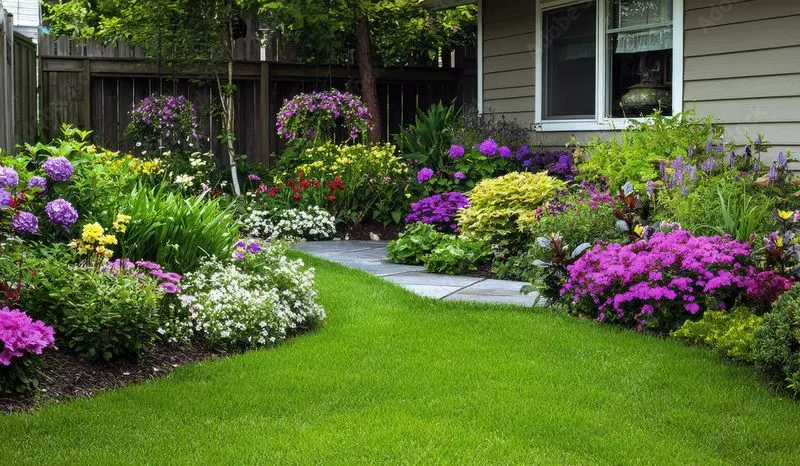
Your lawn might need a little extra care to recover from winter. Begin by raking away dead grass and debris. This not only cleans up the lawn but also helps aerate the soil. Apply a fertilizer rich in nutrients to encourage new growth. If there are bare patches, consider reseeding to ensure a full, lush look. Water regularly, especially if spring rains are sparse. A revitalized lawn is not just aesthetically pleasing but also creates a comfortable space for outdoor activities and relaxation.
Prune Shrubs and Trees
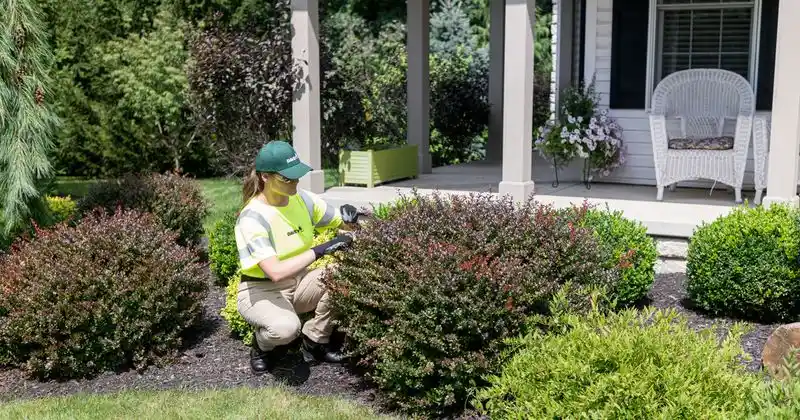
Pruning is essential to keep your plants healthy and promote new growth. It involves removing dead or diseased branches and shaping the plant to encourage a balanced structure. Early spring is the ideal time before new growth starts. Use sharp, clean tools to make precise cuts, and never remove more than a third of the plant at a time. For flowering shrubs, wait until after they’ve bloomed to prune, ensuring you don’t cut off next year’s buds. Proper pruning leads to healthier plants and a neater backyard.
Plan Your Garden Layout
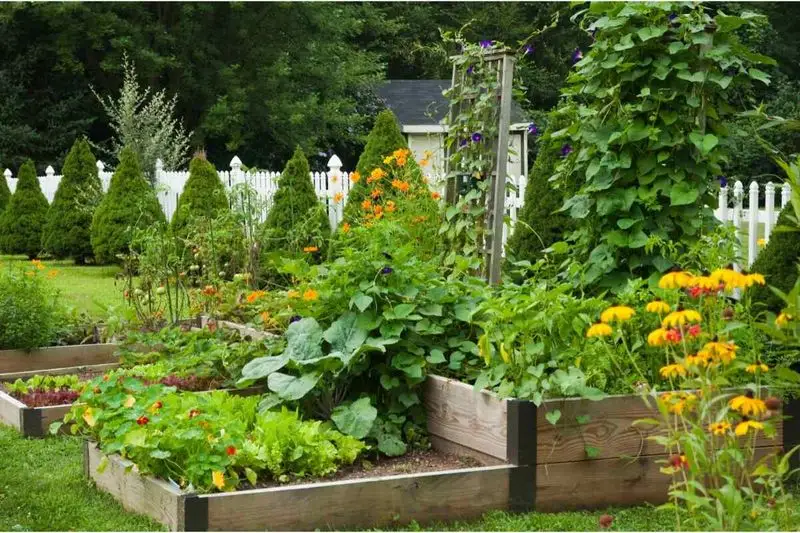
Planning makes planting more productive. Consider what plants thrive in your climate and how much sunlight your garden receives. Sketch a layout that includes space for flowers, vegetables, and herbs. Think about height and color to create visual interest. Planning now helps you purchase only what you need, saving time and money. It also allows you to stagger planting times for continual blooms. A well-thought-out garden layout can turn your backyard into a beautiful retreat tailored to your tastes.
Refresh Garden Beds
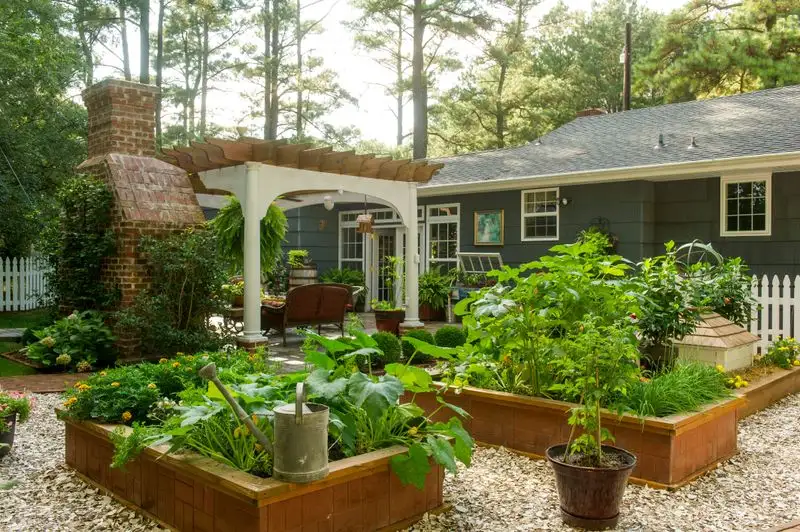
Garden beds benefit from a fresh start in spring. Remove any weeds or dead plants that didn’t survive the winter. Turn the soil to aerate it and mix in compost or other organic material to enrich it. This prepares the bed for new plantings, giving roots the nutrients they need to flourish. Consider adding edging to define your garden beds and prevent grass from encroaching. By refreshing your garden beds, you’re setting the stage for vibrant, healthy plants that will thrive throughout the season.
Install New Outdoor Lighting
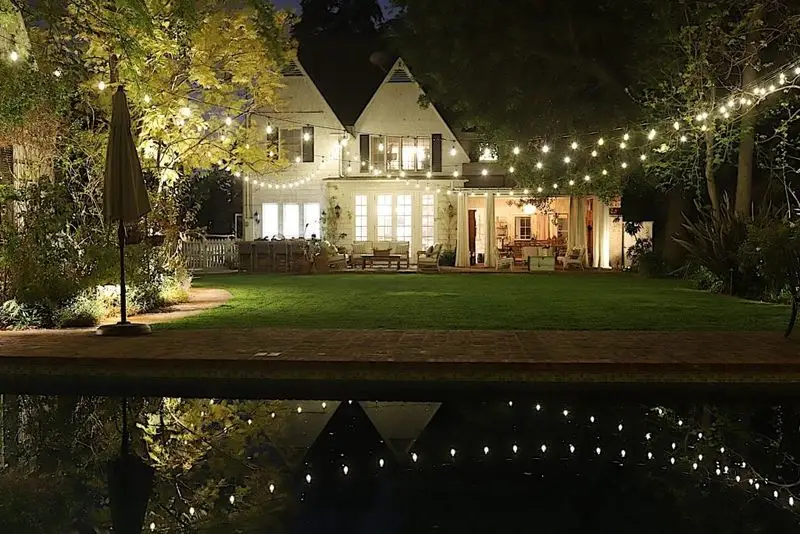
Adding new lighting can enhance the beauty and safety of your backyard. Consider solar-powered path lights for an eco-friendly option. Place lights strategically along pathways, around patios, and near any features you want to highlight. This not only improves aesthetics but also provides security by illuminating dark areas. Look for weather-resistant fixtures to withstand the elements. With the right outdoor lighting, you’ll extend the usability of your space well into the evening, creating a warm and inviting atmosphere.
Start Composting
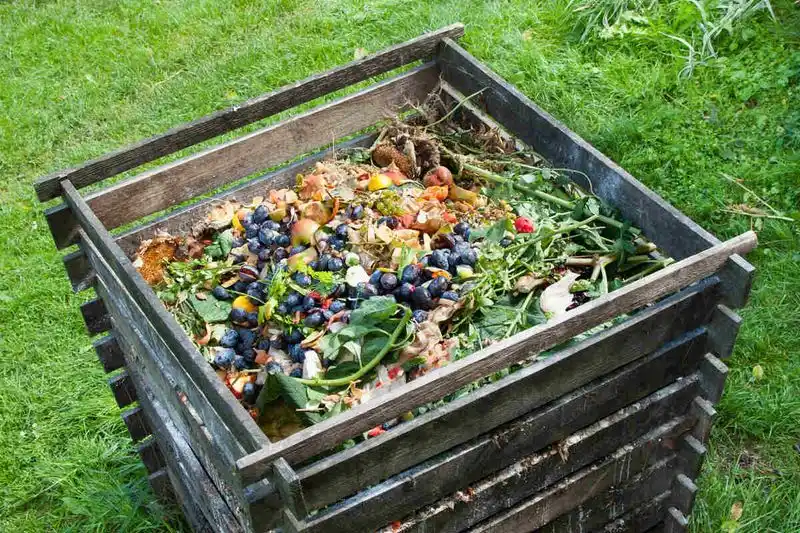
Composting turns kitchen waste into valuable garden soil. Start by setting up a compost bin in a convenient but out-of-the-way spot in your yard. Add fruit and vegetable scraps, coffee grounds, and lawn clippings. Avoid meat or dairy as they attract pests. Turn the compost regularly to speed up decomposition. Over time, you’ll create rich, organic matter to enrich your garden beds. Composting not only reduces waste but also provides a sustainable source of nutrients for your plants, promoting healthier growth.
Build Raised Garden Beds
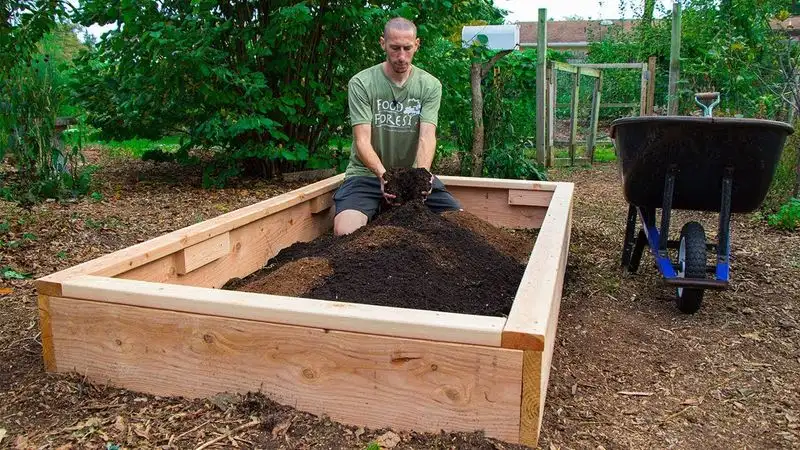
Raised garden beds offer many benefits, including better soil drainage and easier access for planting and maintenance. They also allow you to control the soil quality, which is crucial for plant health. Construct beds from untreated wood or other non-toxic materials. Place them in a sunny spot and fill with a high-quality soil mix. These beds are perfect for vegetables or flowers and can be customized to any height or shape. Raised garden beds can transform unused spaces into productive garden areas.
Check and Repair Fencing
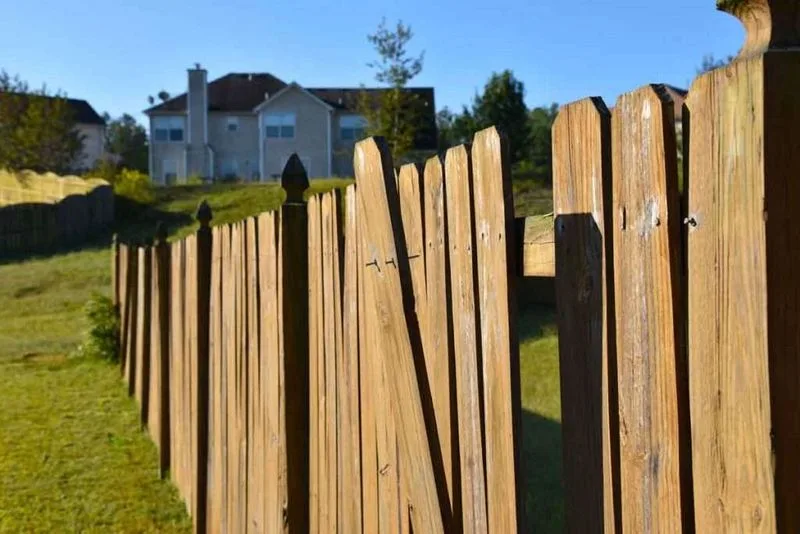
Fences provide privacy and protection, but winter weather can take a toll. Start by inspecting your fencing for damage, such as loose boards or rusted hardware. Make repairs promptly to prevent further deterioration. Consider staining or painting wood fences to protect against the elements and enhance their appearance. A well-maintained fence not only looks good but also ensures your backyard remains a safe and secure haven. Regular maintenance can extend the life of your fence and save money in the long run.
Add a Water Feature
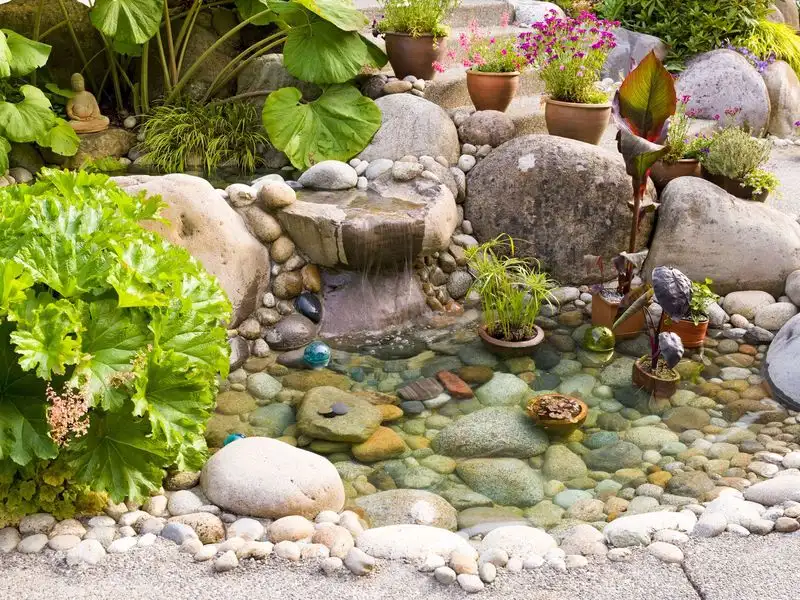
Water features add beauty and tranquility to a garden. Consider a small fountain or birdbath to attract wildlife and create soothing sounds. Choose a location with an electrical outlet if needed, and ensure it’s level. Surround your water feature with plants or stones to integrate it into the landscape. Not only do water features enhance the aesthetics, but they also create a peaceful ambiance that encourages relaxation. A well-placed water feature can turn a simple backyard into a serene retreat.
Plant Spring Annuals

Annuals bring vibrant color to any garden and are perfect for filling in gaps between perennials. Choose flowers that thrive in your climate and provide continuous blooms throughout the season. Prepare the soil by adding compost to enrich it, ensuring your plants have the nutrients they need. Plant on a cool, cloudy day to reduce transplant shock. Water thoroughly after planting and regularly throughout the season. With a little care, spring annuals can transform your garden into a colorful display.
Setup a Bird Feeder
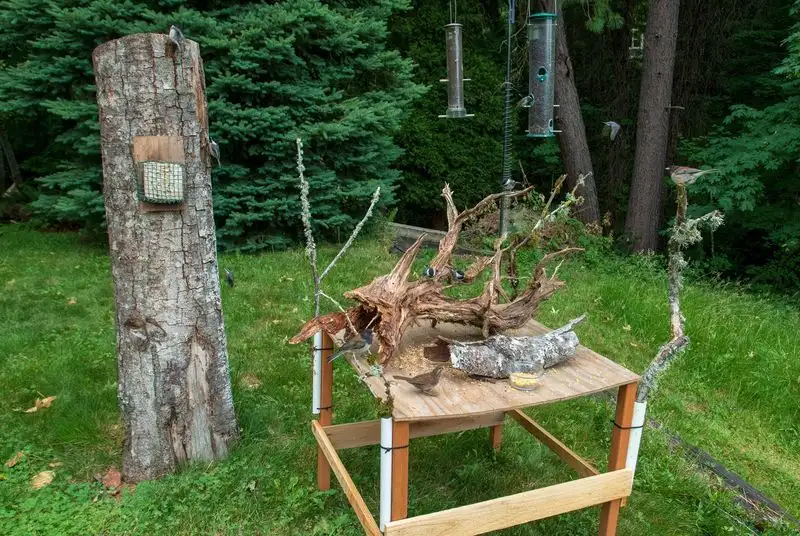
Bird feeders attract a variety of birds, adding life and movement to your backyard. Choose a feeder that’s easy to clean and fill it with appropriate seeds for the birds in your area. Hang it in a sheltered spot, away from predators. Keep it clean to prevent the spread of disease among birds. Watching birds can be a relaxing pastime, and by providing food, you help sustain local wildlife. A well-placed bird feeder can turn your backyard into a bustling hub of avian activity.
Install a Fire Pit

Fire pits are wonderful for extending outdoor gatherings into cooler evenings. Select a safe location away from structures and overhanging trees. Consider a portable or built-in model depending on your space and needs. Surround it with comfortable seating to create a cozy nook for friends and family. Always have safety equipment like a fire extinguisher nearby. A fire pit not only adds warmth but also becomes a natural gathering spot for storytelling and relaxation, enhancing the overall appeal of your backyard.
Paint or Stain Outdoor Furniture
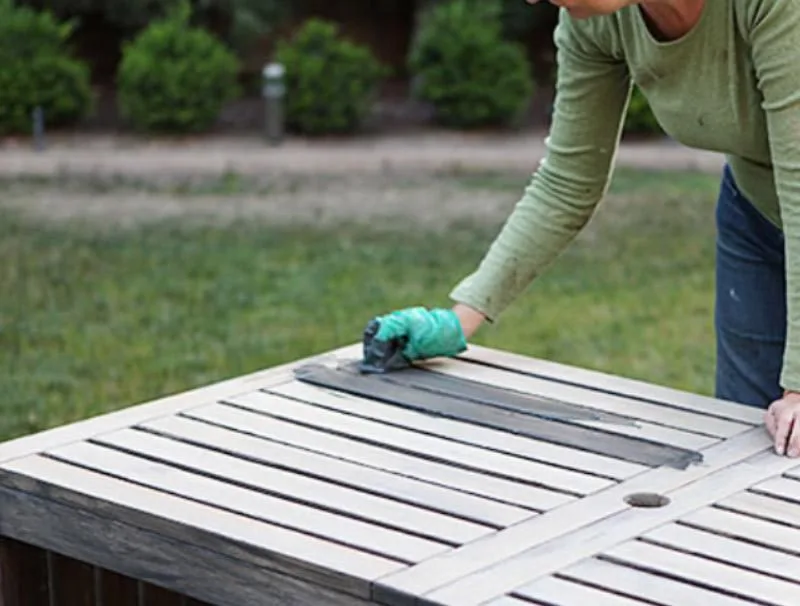
Outdoor furniture can look worn after months of exposure to the elements. Refresh its appearance by painting or staining. Choose colors that complement your home and garden for a coordinated look. Preparation is key: sand down rough spots, clean thoroughly, and apply primer if needed. Use outdoor-specific paints or stains to ensure durability. With a newly painted or stained finish, your furniture will be ready to withstand the season and add a pop of color to your backyard.
Start an Herb Garden
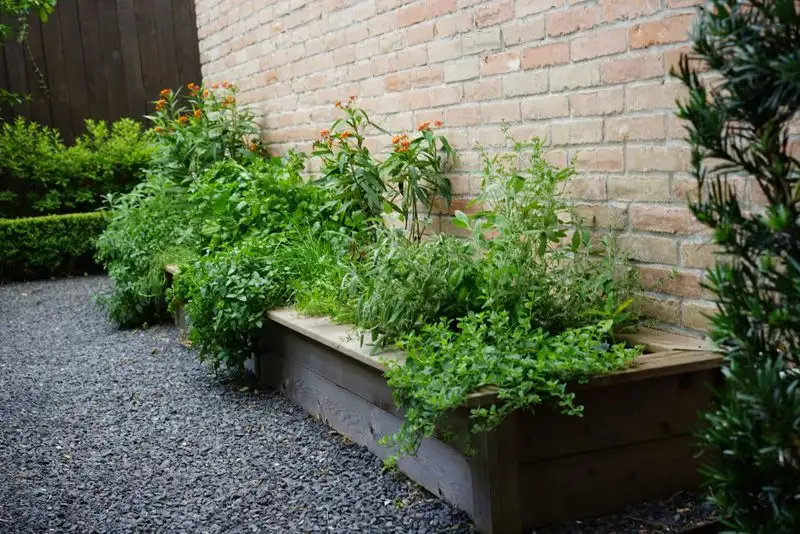
Herbs are not only useful in the kitchen but also easy to grow. Select a sunny spot, and plant herbs in containers or a dedicated garden bed. Consider easy varieties like basil, parsley, and mint. Use quality soil and ensure proper drainage. Regular trimming encourages bushier growth. An herb garden is a practical addition that adds fragrance and flavor to your cooking. Plus, it’s a delightful way to introduce kids or beginners to gardening, making it both a fun and educational backyard project.
Prepare for Outdoor Entertaining
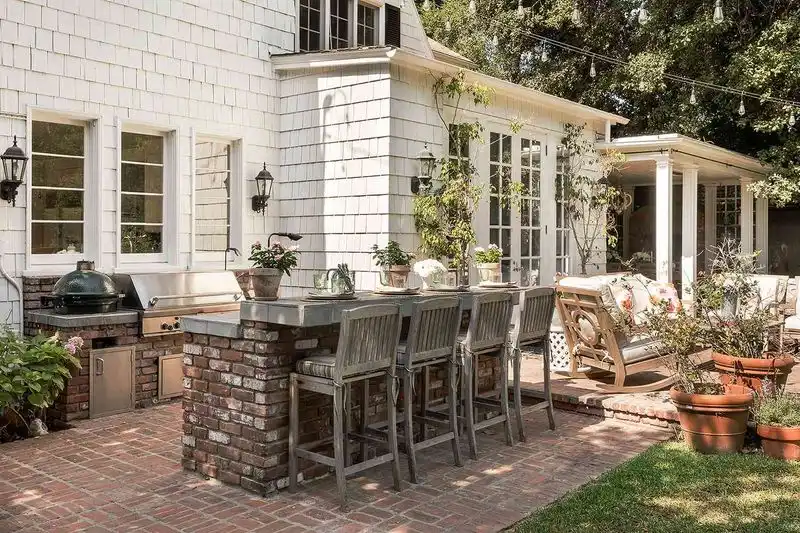
Spring is a great time to host outdoor gatherings. Start by cleaning outdoor furniture and setting up a dining area. Add colorful tableware and fresh flowers for a festive touch. String lights can create a magical evening atmosphere. Consider the flow of your space to ensure easy movement for guests. Preparing your backyard for entertaining ensures you’re ready for unexpected guests and impromptu parties, making the most of your outdoor living area. With a little foresight, you can create memorable occasions.
Install a Pergola
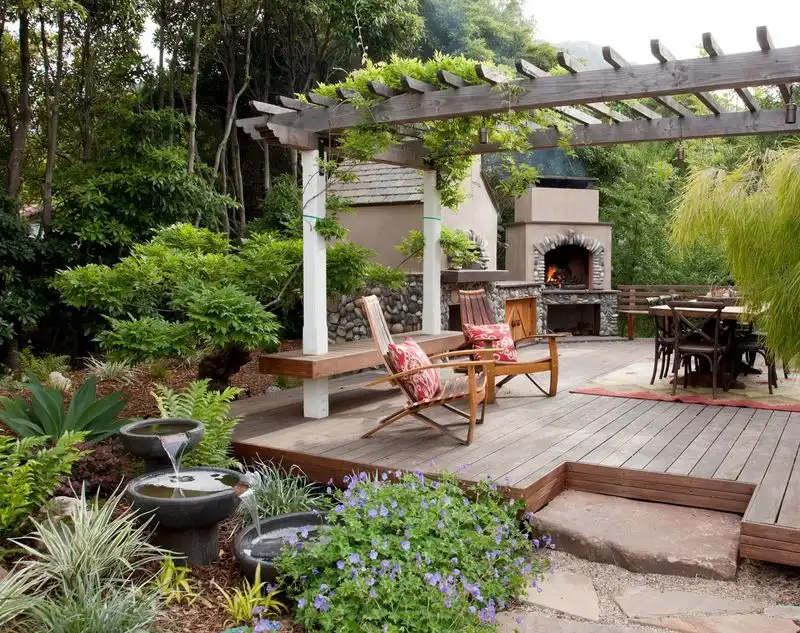
Pergolas add elegance and structure to a backyard while providing shade. Choose a design that complements your home and landscape. Installation may require professional help, but the result is worth it. Decorate with climbing plants or outdoor lights for added charm. A pergola can create a defined area for dining or relaxing, offering both beauty and function. It serves as a focal point in your backyard, inviting you to spend more time outdoors, enjoying all that spring has to offer.

